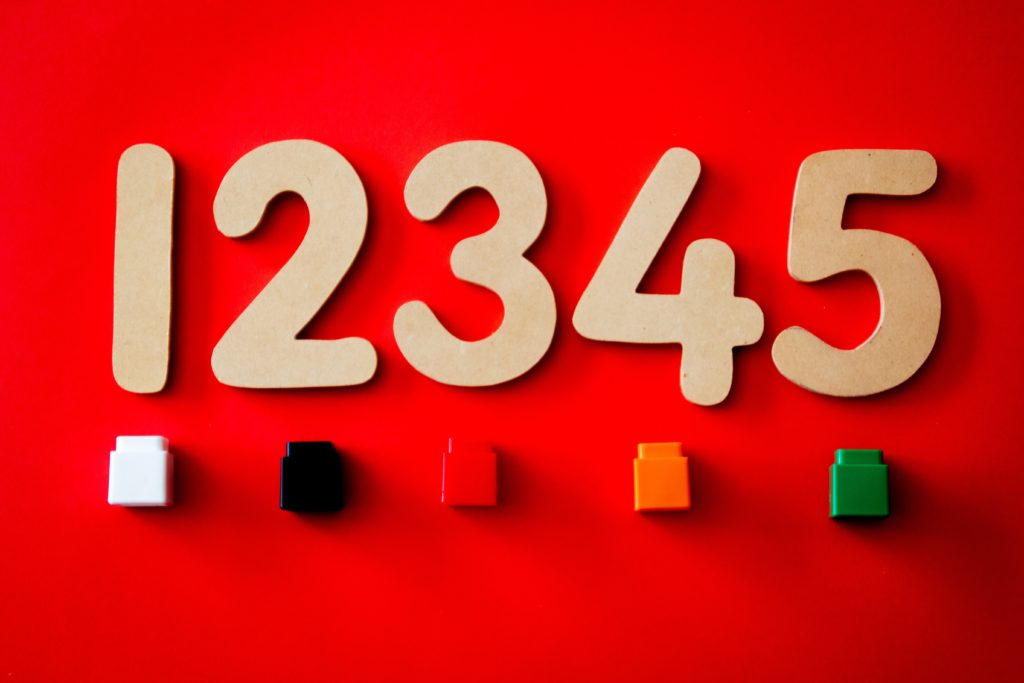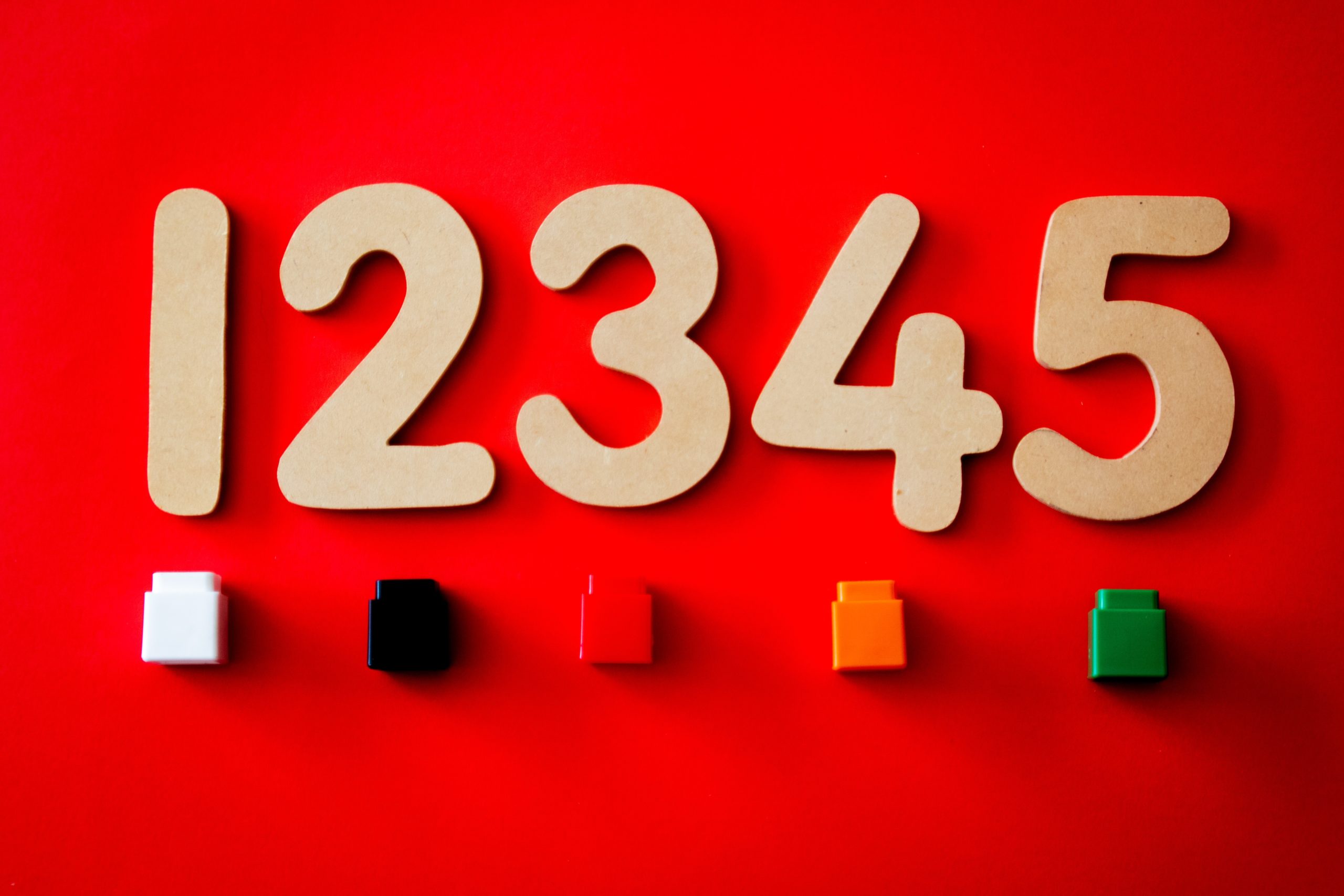
By now you’ve likely heard of Central Bank Digital Currencies (CBDCs). With consumers’ lives taking place increasingly online and the recent boost in cryptocurrency usage and value, much of the global economy is ready to move from discussing CBDCs to formally implementing a CBDC strategy.
But though there has been some progress in this area, there is still a lot of confusion in the broader banking and fintech community. If you’re feeling a bit behind on the CBDC discussion, here are five things to know that can help you catch up:
Six countries are currently piloting CBDCs
While much of the world is struggling to wrap their heads around CBDCs, some countries are ahead of the game and already have pilot programs in place. Of these, the most well-known is China, but Thailand, the Republic of Korea, Ukraine, Sweden, and Uruguay are also actively piloting CBDCs. Additionally, Brazil reports it plans to formally launch its CBDC next year.
A handful of countries, including Canada, Venezuela, Cambodia, South Africa, and the UAE have made key developments with their CBDC programs.
Other countries are still in the research phase or have had no development.
Check out this interactive map from the Atlantic Council to learn more about each country’s progress.
CBDCs don’t necessarily need the blockchain
Many people associate CBDCs with Bitcoin, which can be a helpful way to think of distinguishing Central Bank currencies from fiat money in digital form. But while Bitcoin leverages the blockchain, CBDCs don’t necessarily need to.
That’s because blockchains are used when there is no central party to provide trust. When central banks serve as the trustworthy authority, however, this decentralization is no longer necessary.
In fact, according to a survey conducted last February by the U.K.’s Central Banking Magazine, only one reserve bank said that they planned to use a blockchain for the structure of distributing their CBDC.
There are two types of CBDCs
Many people don’t know this, but there are actually two types of CBDCs– wholesale and retail. Wholesale CBDCs facilitate clearing operations between the central bank and its member banks, while retail CBDCs are for the general public to use, taking the place of the bank note.
There will still be room for cash
CBDCs will work alongside cash, or fiat currency. While there are both negative and positive aspects to paper money and coins, there will still be a cash economy. CBDCs simply combine the convenience of a cryptocurrency with the stability and regulation of fiat currency.
CBDCs won’t harm banks
As Chris Skinner highlighted in a blog post recently, CBDCs have the potential to disrupt banks to the point making them obsolete. Because CBDCs are issued digitally, they could technically circumvent banks.
Skinner concludes, however, “The true role of banks, whether in a digital currency or cryptocurrency world, is to store and exchange value with trust. That’s why they’re regulated the way they are and why they exist the way they do. And that isn’t going away anytime soon.”
Photo by Magda Ehlers from Pexels
